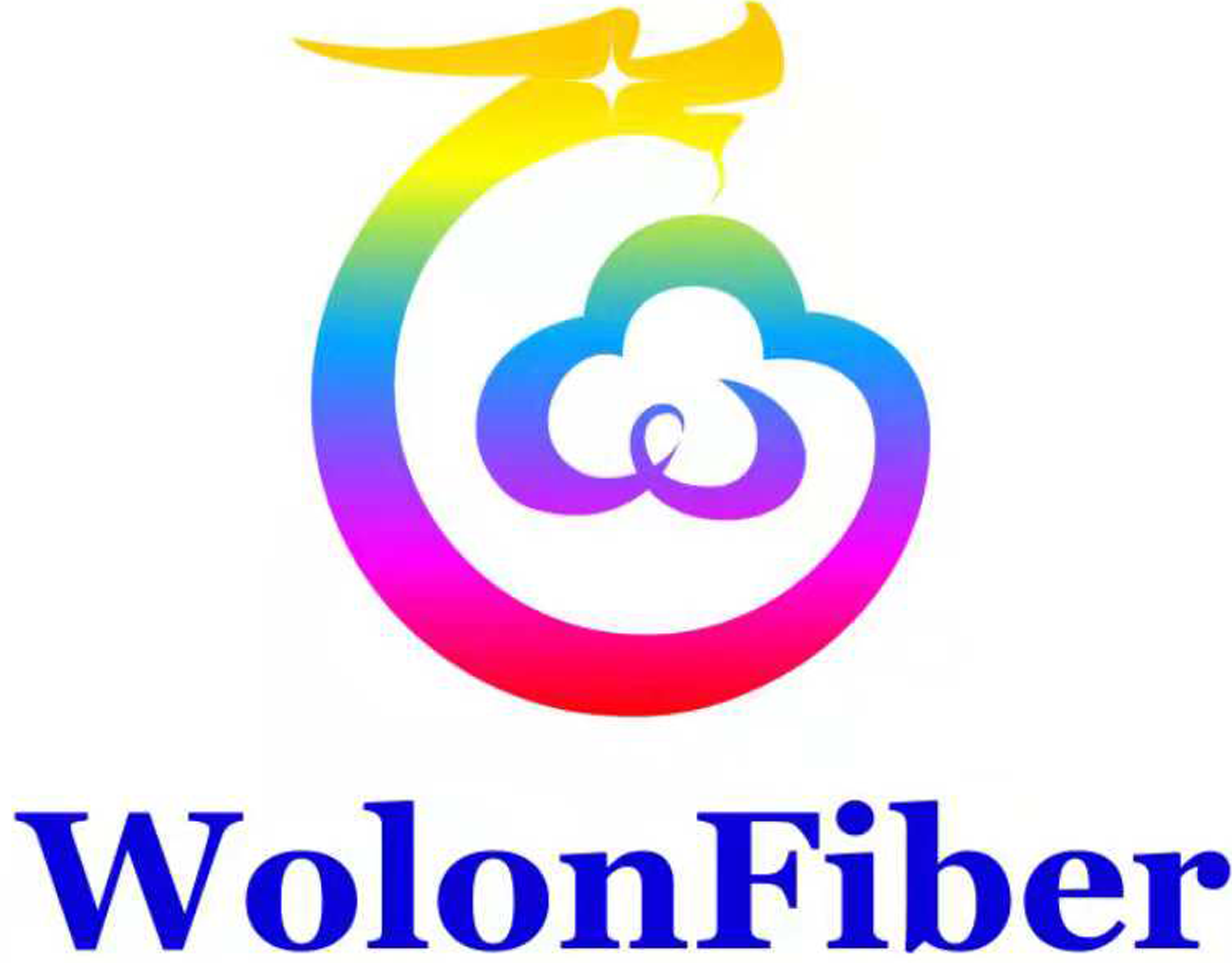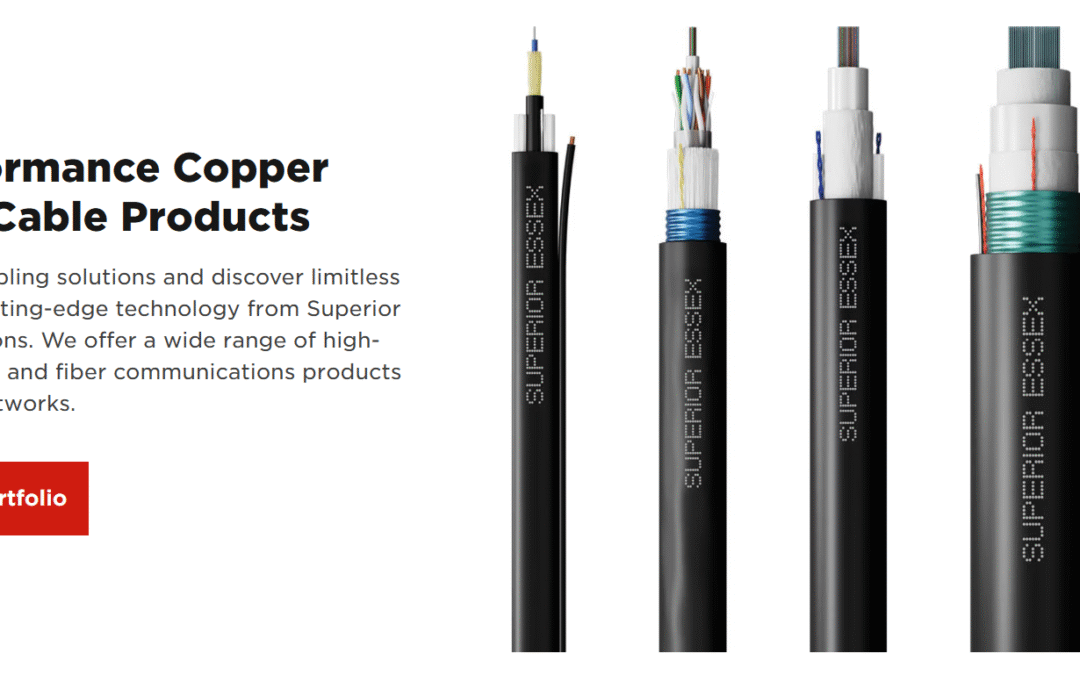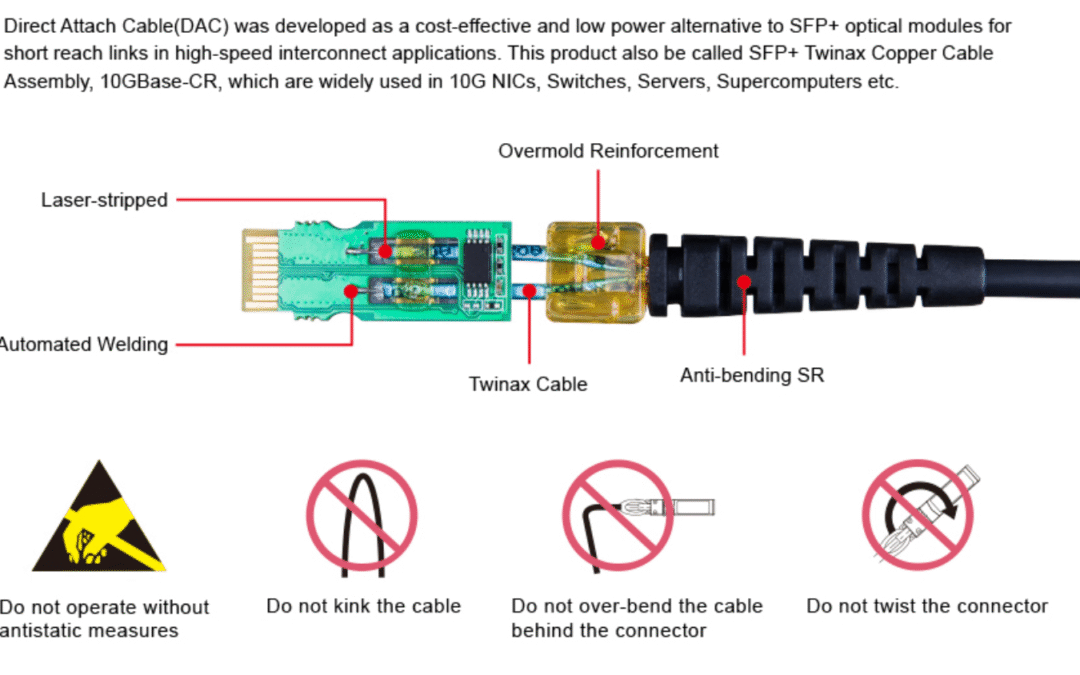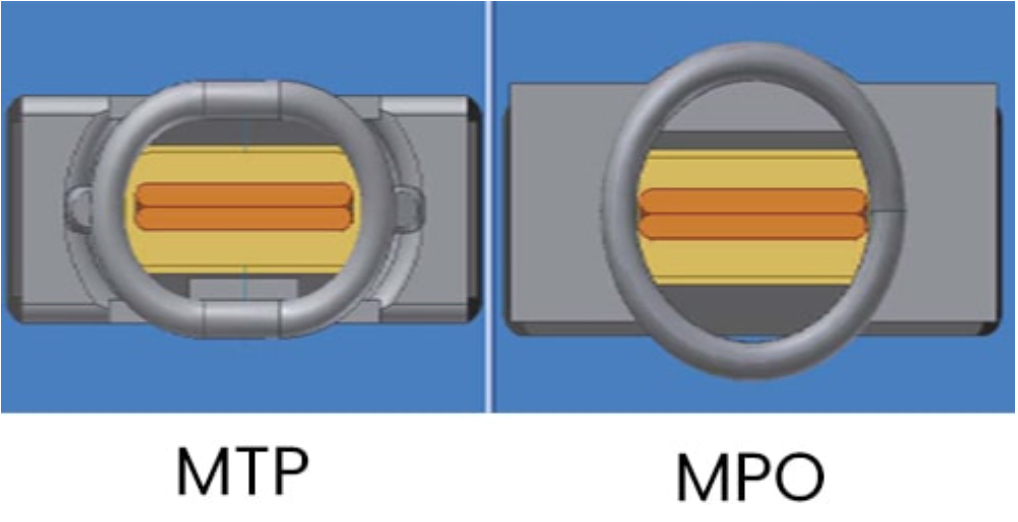What Are Active Optical Cables (AOC)?
Active Optical Cables simplify high-speed networking by embedding tiny optical transceivers directly into the cable ends.Inside one compact assembly, electrical signals convert to light pulses, travel through the fiber core, then reconvert to electrical form—eliminating separate transceiver modules and cutting system complexity. Standardized connectors at both ends allow true plug-and-play setup, while integrated optics deliver low-latency, multi-gigabit links.Ideal for data centers, HPC clusters, and telecom backbones, AOCs continue to evolve with longer reach and reduced power draw, making them the go-to choice for next-generation networks.
Structure and Components of AOC
High-Density Electrical Connector
Industry-standard interfaces (QSFP+, SFP+, QSFP28/SFF-8436) enable direct insertion into switches, routers, and servers.
Integrated Optical Transceiver
Miniature modules housed within each connector convert electrical signals to optical pulses and vice versa, providing signal amplification and error correction.
MPO Optical Interface
Rugged, dust-sealed multi-fiber push-on (MPO) connectors protect delicate optical ferrules and ensure low-loss mating.
Optical Fiber Cable
Available in single-mode (typically yellow) and multimode ribbon formats, these fibers carry light signals over distances ranging from a few meters to several kilometers.
How Active Optical Cables (AOC) Operate
Active Optical Cables employ integrated transceivers and fiber cores to deliver ultra-fast, reliable data transmission:
Signal Conversion
Electrical-to-Optical: At the transmitting end, an embedded light-emitting module converts incoming electrical signals into optical pulses.
Optical Transmission: These light pulses travel through the fiber core, which minimizes attenuation and preserves signal integrity over distances up to several hundred meters.
Optical-to-Electrical: At the receiving end, a complementary light-receiving module reconverts the optical pulses back into electrical signals for downstream equipment.
Core Functional Blocks
Light-Emitting Element: Converts and launches data-encoded light into the fiber.
Light-Receiving Element: Detects incoming light pulses and regenerates the original electrical signal.
Control Circuitry: Manages signal amplification, error correction, and power regulation within each transceiver.
Power and Signal Integrity
External power feeds the active transceiver electronics, ensuring consistent amplification, low noise, and stable performance even in EMI-prone environments.
Types of Active Optical Cables (AOC)
Integrated AOC Cables
Integrated AOCs feature matching transceiver modules on each end, creating a straightforward, high-bandwidth link. Commonly used for server-to-switch or switch-to-switch connections in dense data centers, these cables install in seconds—no extra modules required—keeping rack layouts tidy and performance consistent across all endpoints.
Breakout AOC Cables
Breakout AOCs begin with a single high-speed connector (for example, QSFP+ or QSFP28) that fans out into multiple lower-speed ports (such as four SFP+ or SFP28). By converting one 100 Gbps link into four 25 Gbps channels, breakout cables streamline server aggregation and save valuable switch ports. This approach reduces hardware needs and adapts easily as network demands grow.
Choosing the Right AOC
Selecting between integrated and breakout AOCs comes down to link density and flexibility. Choose integrated cables for simple, point-to-point runs and breakout cables when port optimization and scalability are priorities. Both types deliver plug-and-play convenience, minimal latency, and the reliable high-speed performance modern networks require.
Application Scenarios for Active Optical Cables
Data Center Interconnects
In modern data centers, QSFP28 Active Optical Cables deliver rock-solid 100 Gbps links between core and leaf switches. This direct, high-bandwidth path minimizes latency and handles heavy east-west traffic, ensuring smooth operation for virtualized servers and storage arrays.
Server Aggregation
A single QSFP28-to-4×SFP28 breakout AOC transforms one 100 Gbps port into four independent 25 Gbps connections. This approach optimizes switch port usage, simplifies patching, and accelerates deployment of new servers in high-density rack environments.
Cloud and Hyperscale Networks
As cloud platforms and AI/ML workloads demand ever-greater throughput, 400 Gbps and 800 Gbps AOCs provide the necessary headroom. These ultra-speed cables future-proof network backbones, supporting large-scale data movement with low power consumption and minimal footprint.
Integrated and breakout Active Optical Cables combine plug-and-play simplicity with scalable bandwidth. Their low-latency, high-reliability links form the foundation of today’s enterprise, data center, and cloud infrastructures—ready to adapt as traffic volumes grow.
Key Benefits of Active Optical Cables (AOC)
1. Ultra-High Bandwidth and Long-Distance Coverage
Active Optical Cables support data rates exceeding 100 Gbps, while preserving signal strength across spans beyond 100 meters. This performance outclasses conventional copper, making AOC essential for high-capacity links in modern networks.
2. Total Immunity to Electromagnetic Interference (EMI)
Because data travels as light rather than electricity, AOC are immune to EMI. This design ensures uninterrupted throughput in environments crowded with electrical equipment, boosting network stability and uptime.
3. Superior Data Security
Optical fibers do not emit electrical signals, making them inherently difficult to tap. AOCs are therefore well suited for sensitive deployments in finance, healthcare, and government, where data confidentiality is paramount.
4. Lightweight, Flexible Form Factor
Slim fiber cores resist bending loss, simplifying cable routing in dense racks and narrow conduits. Standard plug-and-play connectors accelerate installation, reducing labor costs and downtime.
5. Durable, Integrated Connectors
Factory-terminated transceiver modules bond directly to the fiber, eliminating separate pluggable optics. This robust construction prevents connector disengagement and cuts maintenance demands compared to traditional direct-attach cables.
6. Proven Industry Performance
In head-to-head tests, AOCs consistently surpass copper in throughput, latency, and reliability. Their low power draw and high signal integrity make them a top choice for data centers, high-performance computing clusters, and telecom backbones.
Quick Selection Checklist
-
Data rate vs. future growth
-
Maximum cable reach
-
Fiber mode (single vs. multimode)
-
Connector/form-factor match
-
Environmental rating
-
Power consumption profile
-
Installation complexity
-
Vendor reliability and support
Adhering to these criteria ensures optimal AOC performance, reliability, and cost efficiency for any network environment.
Summary
Active Optical Cables (AOCs) deliver a seamless, future-ready upgrade path for any network demanding high-speed, low-latency links. By embedding optical transceivers into a single, plug-and-play assembly, AOCs simplify deployments, extend reach beyond 100 meters, and eliminate EMI concerns—all while supporting multi-gigabit protocols from 10 GbE to 800 Gbps. Whether used for data center interconnects, server aggregation, or hyperscale cloud backbones, AOCs combine lightweight flexibility, robust security, and proven performance to ensure scalable, reliable connectivity that keeps pace with evolving bandwidth and infrastructure needs.










0 Comments